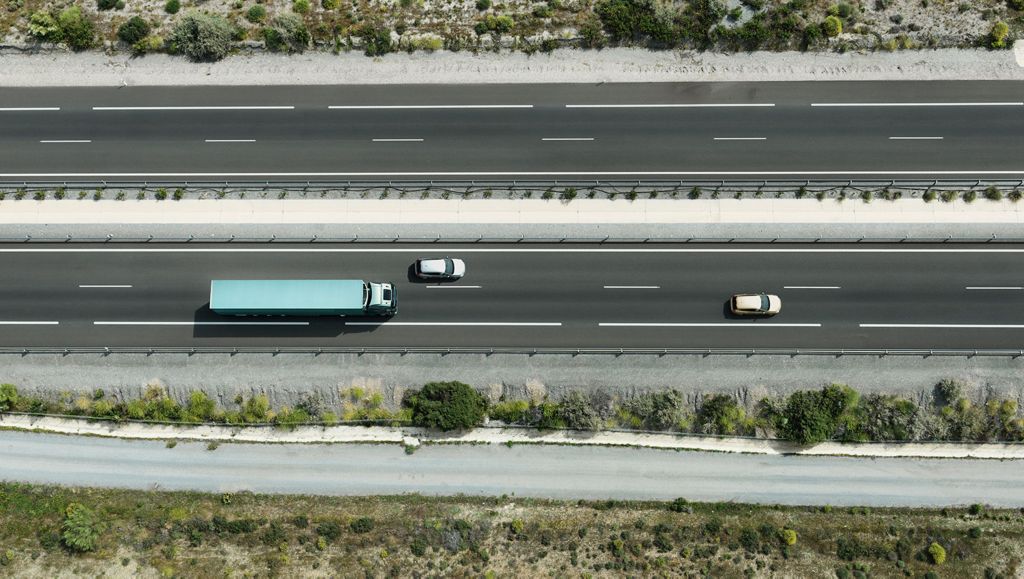How to manage cruising speed and average speed


Let’s take a regional long haul assignment where you work for about 10 hours and unload 4-10 times a day. What would be a good cruising speed for this kind of assignment?
Well, you will probably be driving at a speed of 60 km/h which brings you to a total of 600 kilometers per day. During these kind of assignments there is very little to be gained from driving at a high cruising speed like 90 km/h. In fact 80-85 km/h should get you there safely and on time.
The same is true for assignments that are slightly longer, let’s say 700 kilometers with two to four stops along the way. Here you can probably cruise a bit faster but not by much, around 85 km/h.
The situation is a bit different for a long-haul assignment where most of the time is spent on the highway and there are few loadings and unloadings. You can probably afford to go a bit faster here but this will cost you in terms of fuel consumption. My recommendation is to go for the lowest possible cruising speed. If the route is the same every day for instance, try driving 1 km/h slower day by day to see what impact that has on the average speed.
Understanding how to handle speed is a key to becoming a fuel efficient driver. So is specifying your truck correctly and knowing how to optimize the last few kilometers before delivery by finding the right routes and navigating urban traffic.

Tatu Ljokkoi
driver development at Volvo Trucks